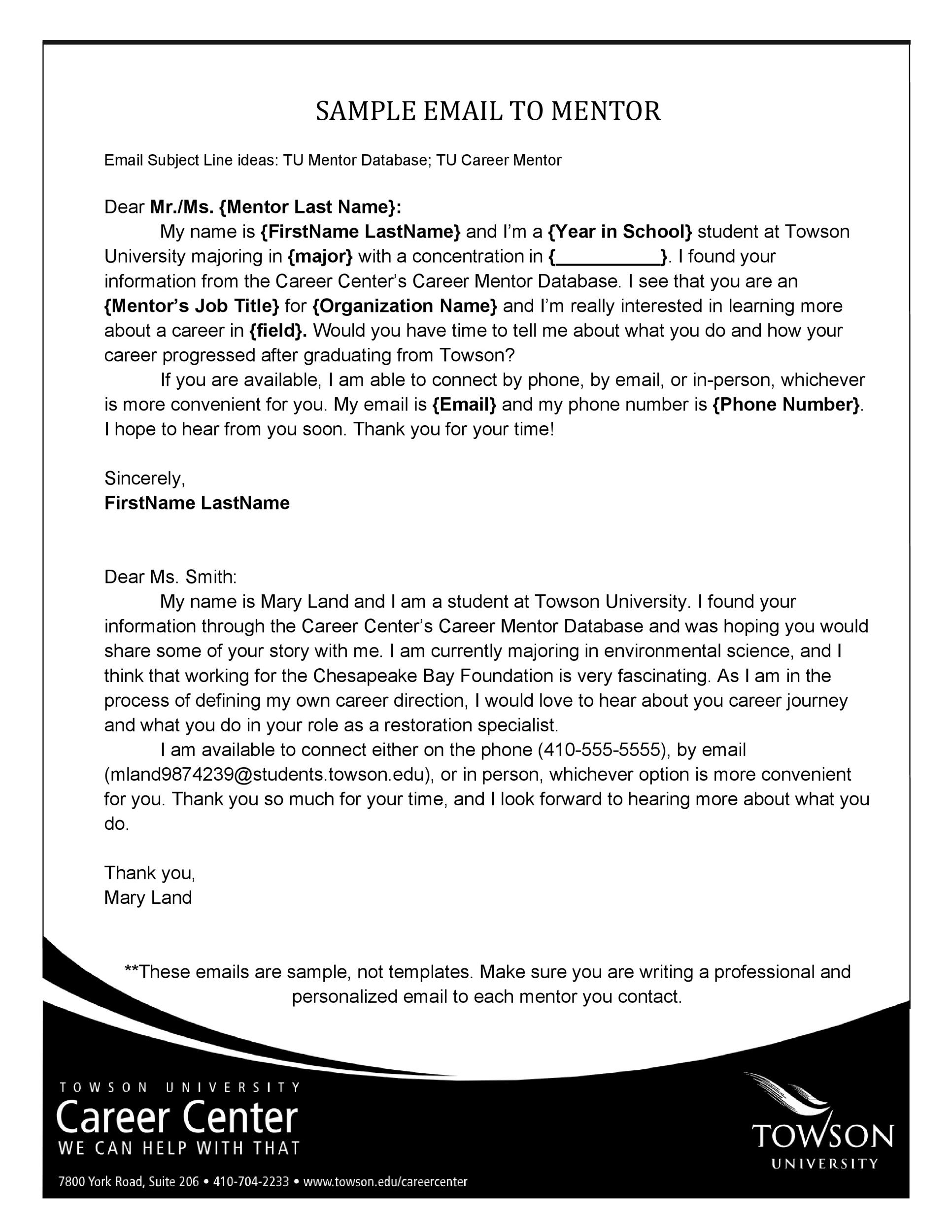Learn to write professional emails different purposes situations these examples. Find tips tone, format, structure, etiquette business communication.
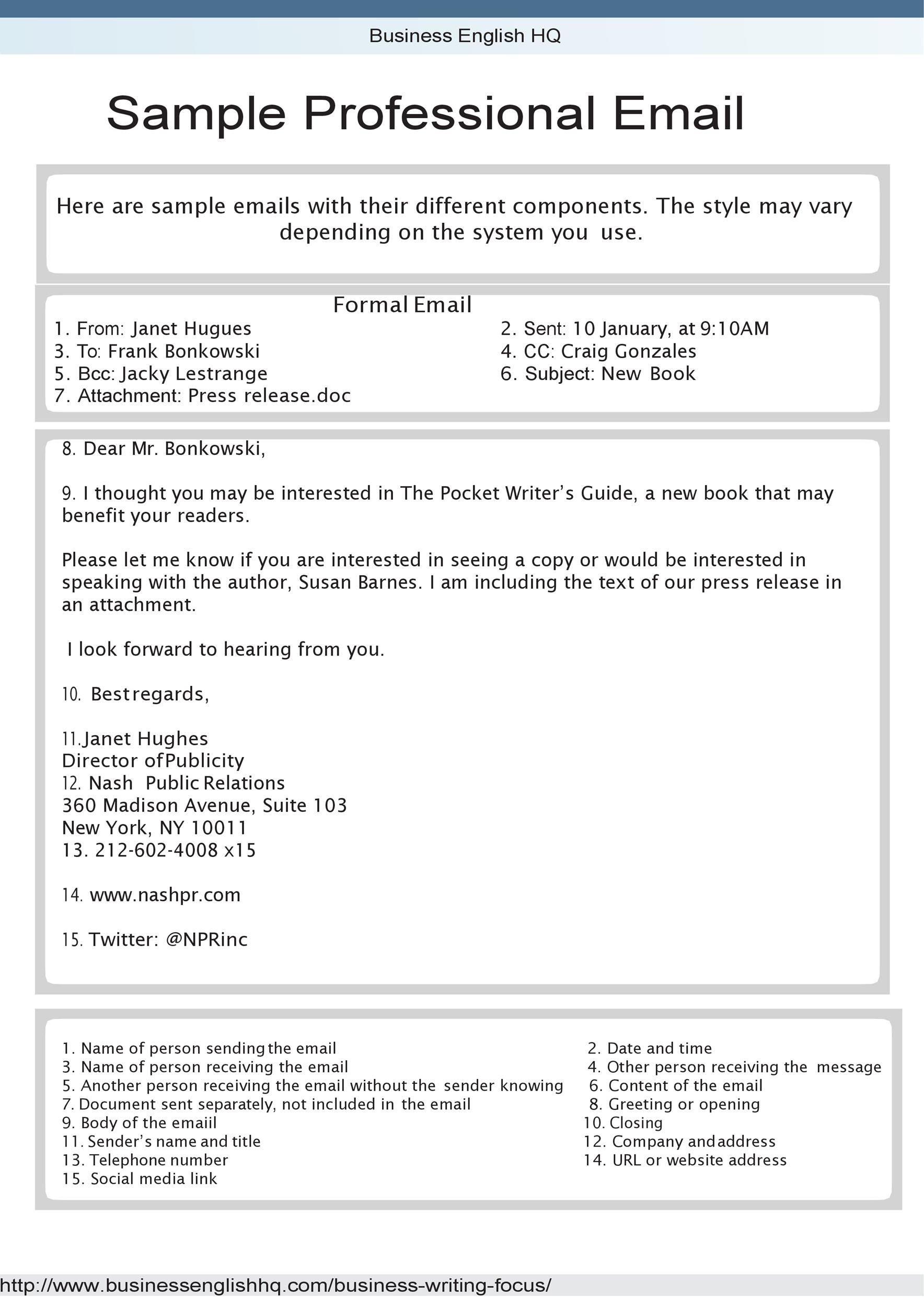 Learn to write formal email clear subject line, polite greeting, concise body, professional closing. 23 examples formal emails different situations, as introductions, proposals, quotations, feedback, more.
Learn to write formal email clear subject line, polite greeting, concise body, professional closing. 23 examples formal emails different situations, as introductions, proposals, quotations, feedback, more.
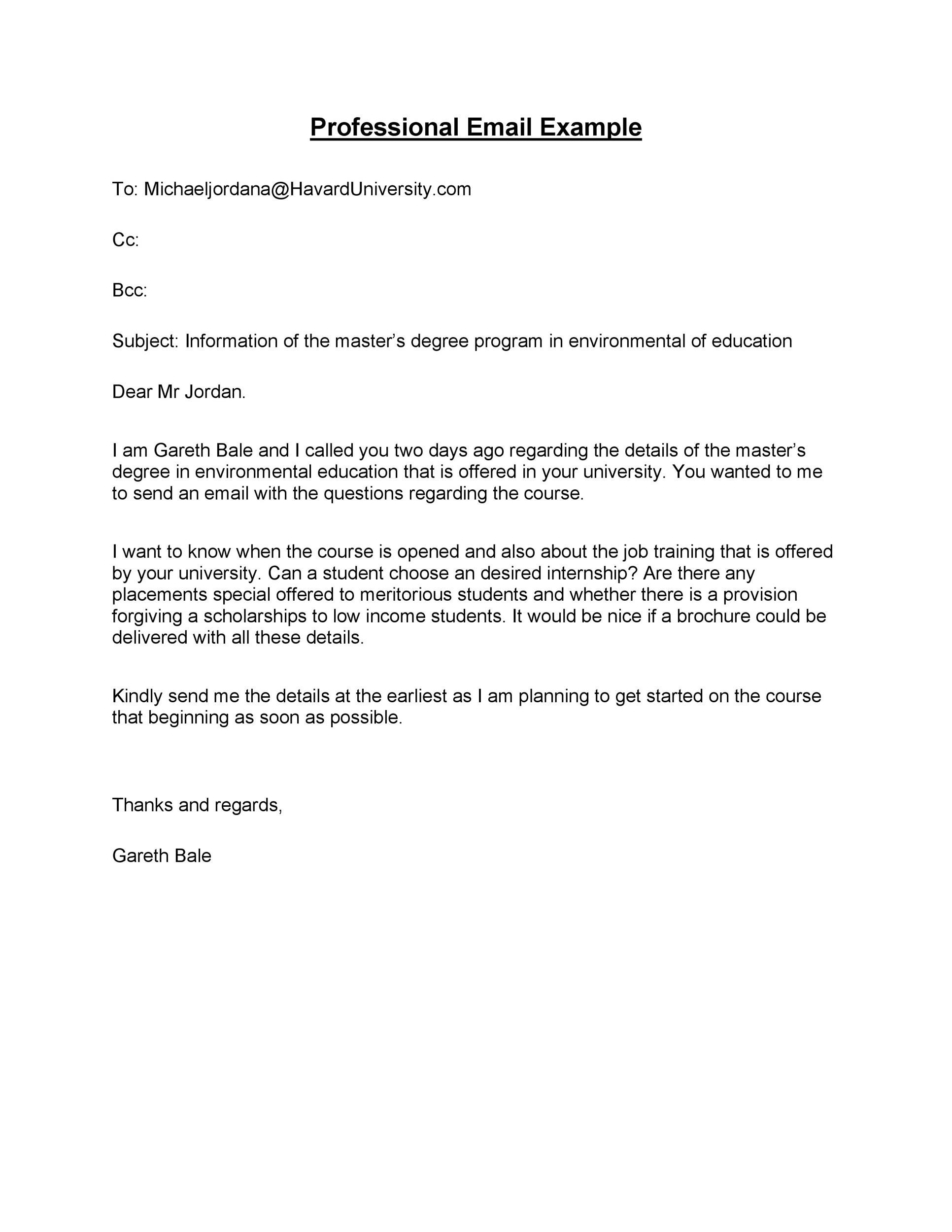 Learn more: 20+ Follow-Up Email Examples & to Write Good Template. to Write Professional Business Email? Writing professional cover letter business email a valuable skill nowadays. emails be effective the recipient take desired action. are tips crafting perfect work email formats:
Learn more: 20+ Follow-Up Email Examples & to Write Good Template. to Write Professional Business Email? Writing professional cover letter business email a valuable skill nowadays. emails be effective the recipient take desired action. are tips crafting perfect work email formats:
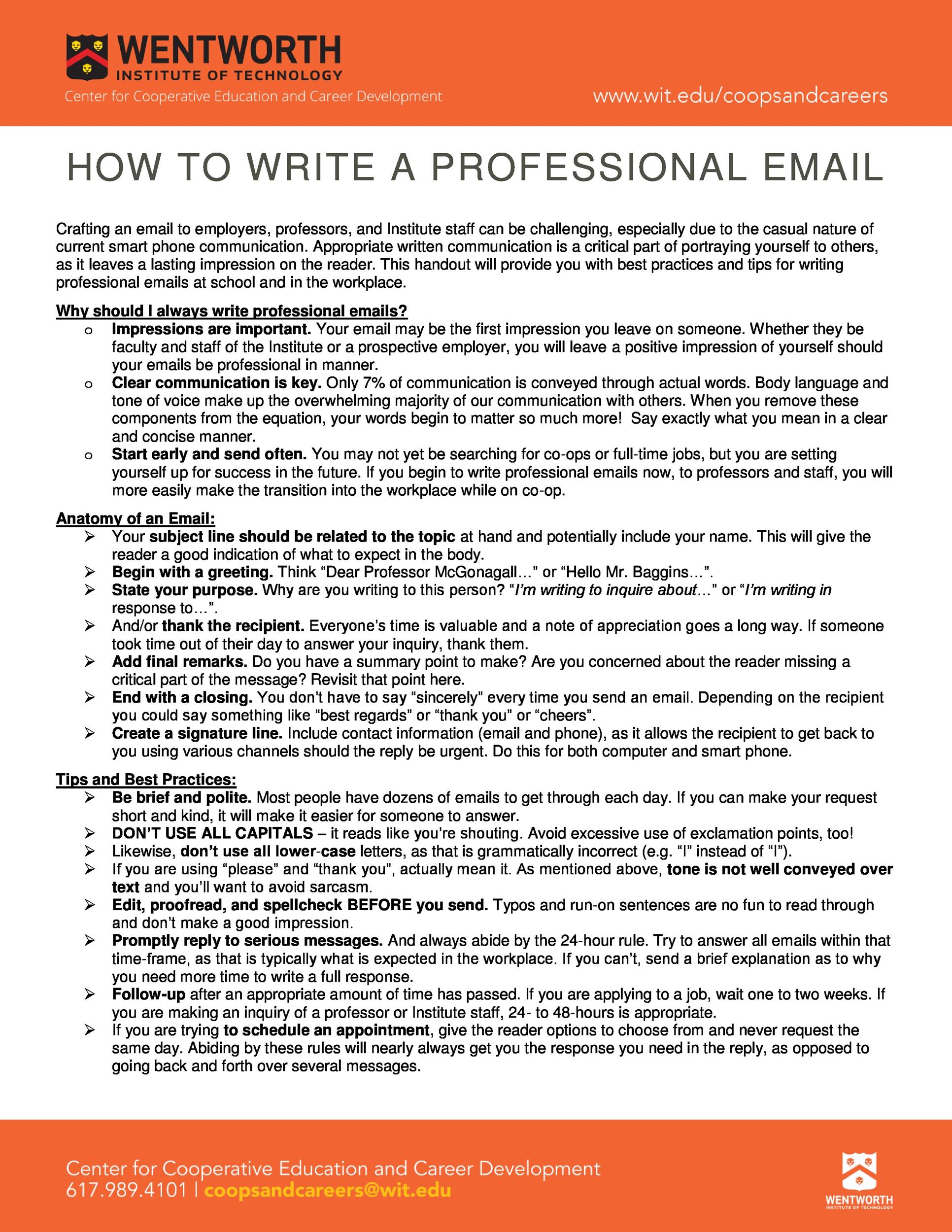 Learn to write professional email is clear, concise actionable. Follow steps see examples email format, subject line, salutation, body, closing signature.
Learn to write professional email is clear, concise actionable. Follow steps see examples email format, subject line, salutation, body, closing signature.
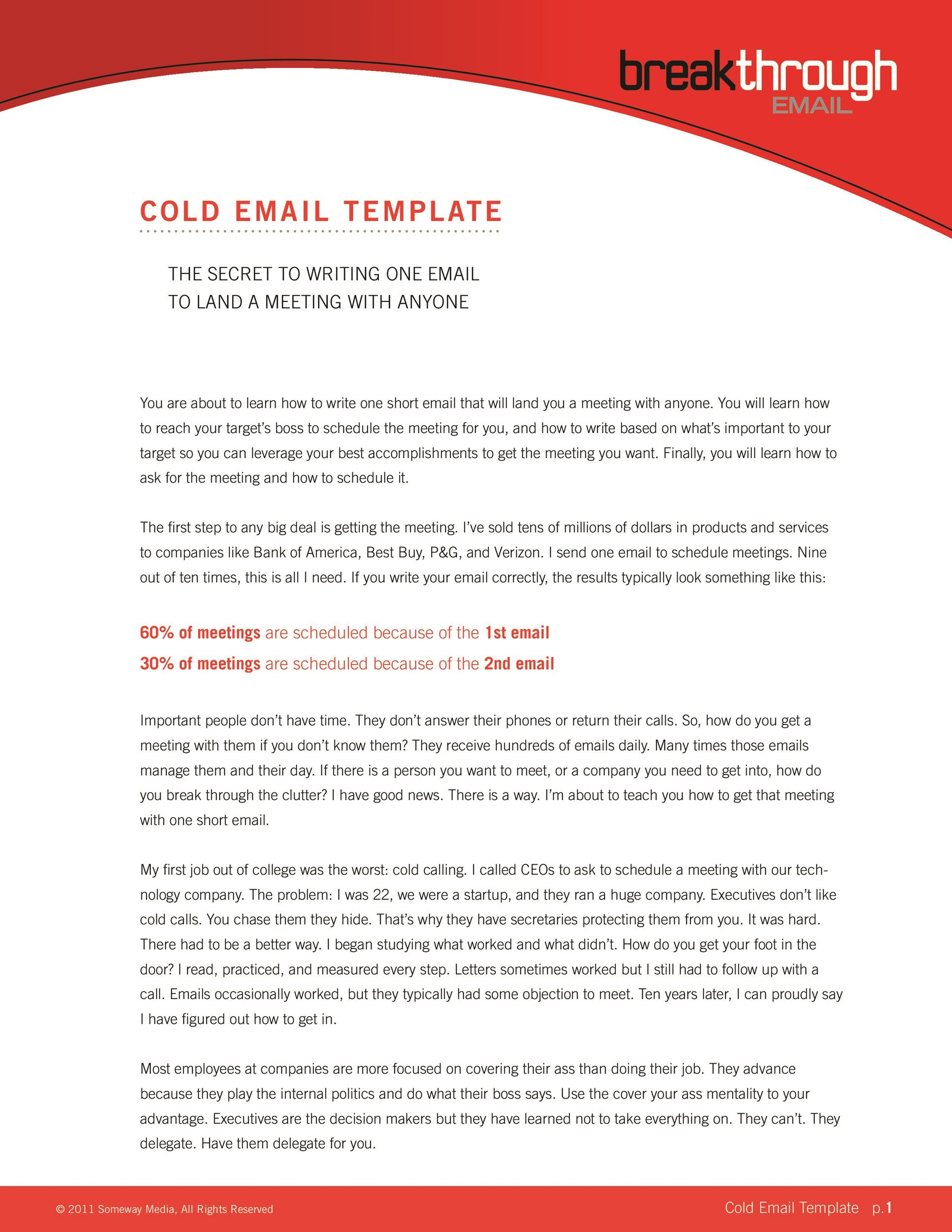 Mastering professional email communication crucial today's business landscape. article presents 23 professional email examples covering workplace scenarios. job applications client communications, templates demonstrate effective email etiquette, structure, tone.
Mastering professional email communication crucial today's business landscape. article presents 23 professional email examples covering workplace scenarios. job applications client communications, templates demonstrate effective email etiquette, structure, tone.
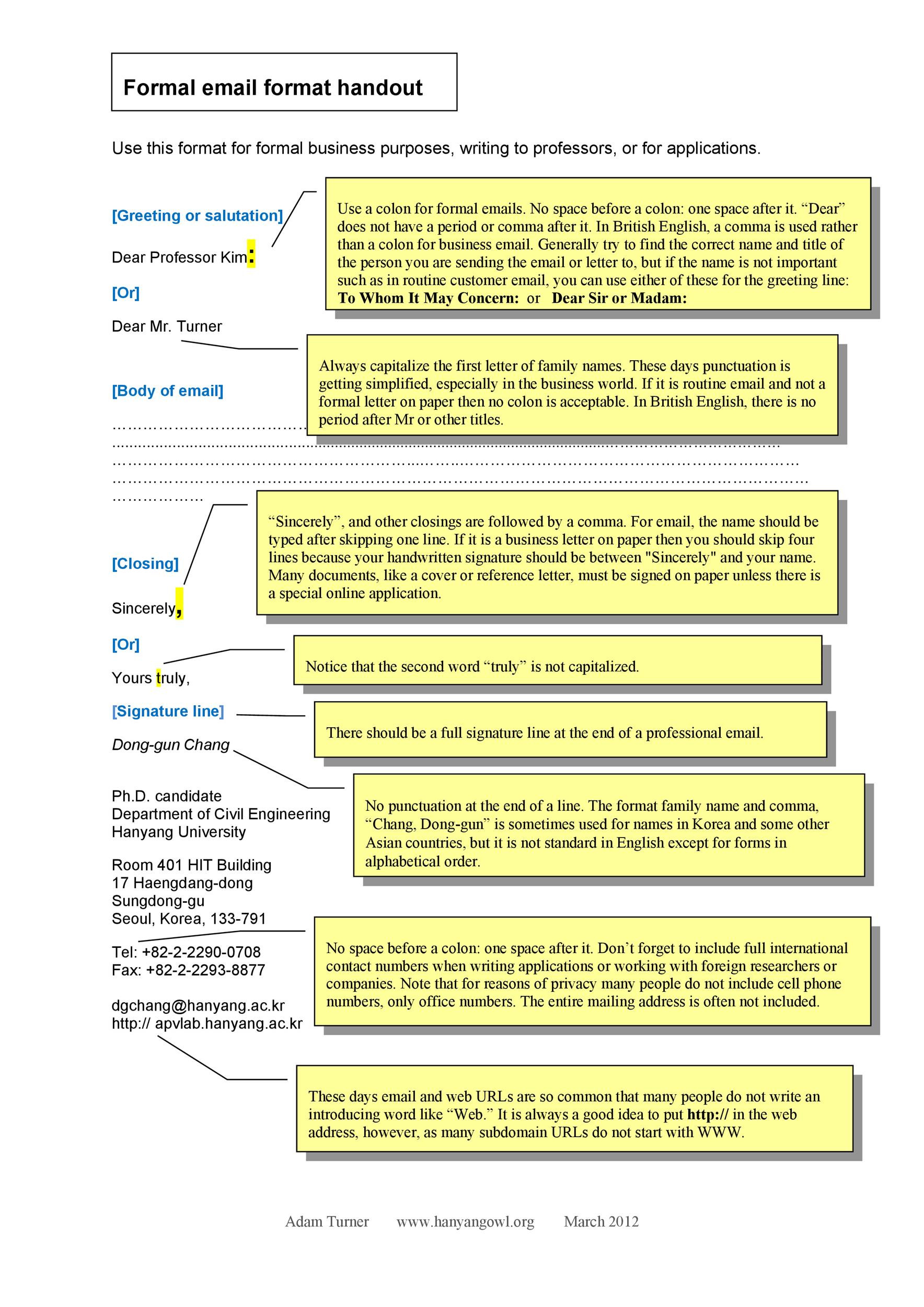 Writing emails are and direct great professional email examples. time spend writing email time spent reading email be reduced, increasing productivity. writing and professionally actually skill. just any skill, need learn keep practicing get better.
Writing emails are and direct great professional email examples. time spend writing email time spent reading email be reduced, increasing productivity. writing and professionally actually skill. just any skill, need learn keep practicing get better.
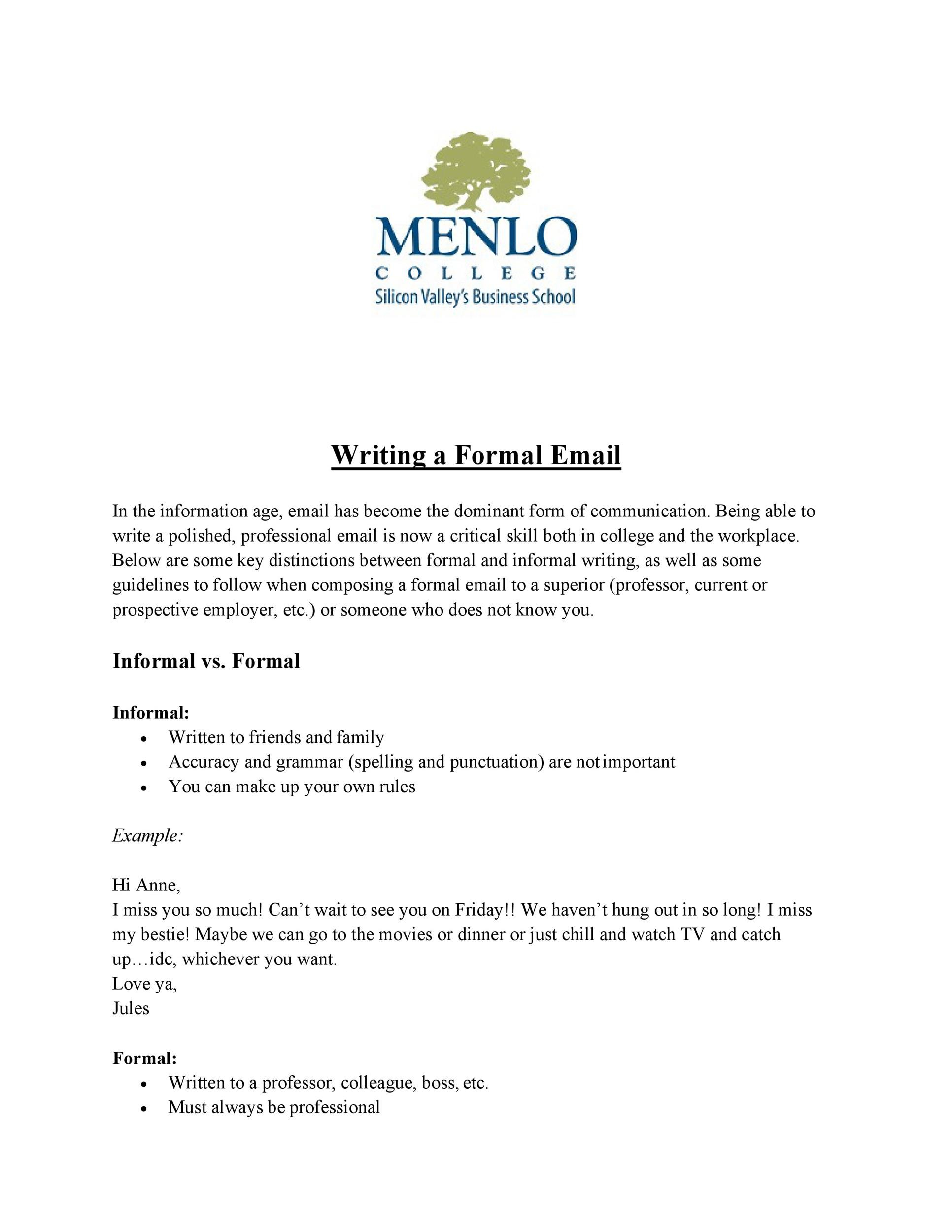 A professional email an electronic means communication you either an employee a prospective employee a company. personal emails, emails typically a standard format contain professional tone. . Related: FAQ: Are Examples Professional Email Addresses? to write professional email
A professional email an electronic means communication you either an employee a prospective employee a company. personal emails, emails typically a standard format contain professional tone. . Related: FAQ: Are Examples Professional Email Addresses? to write professional email
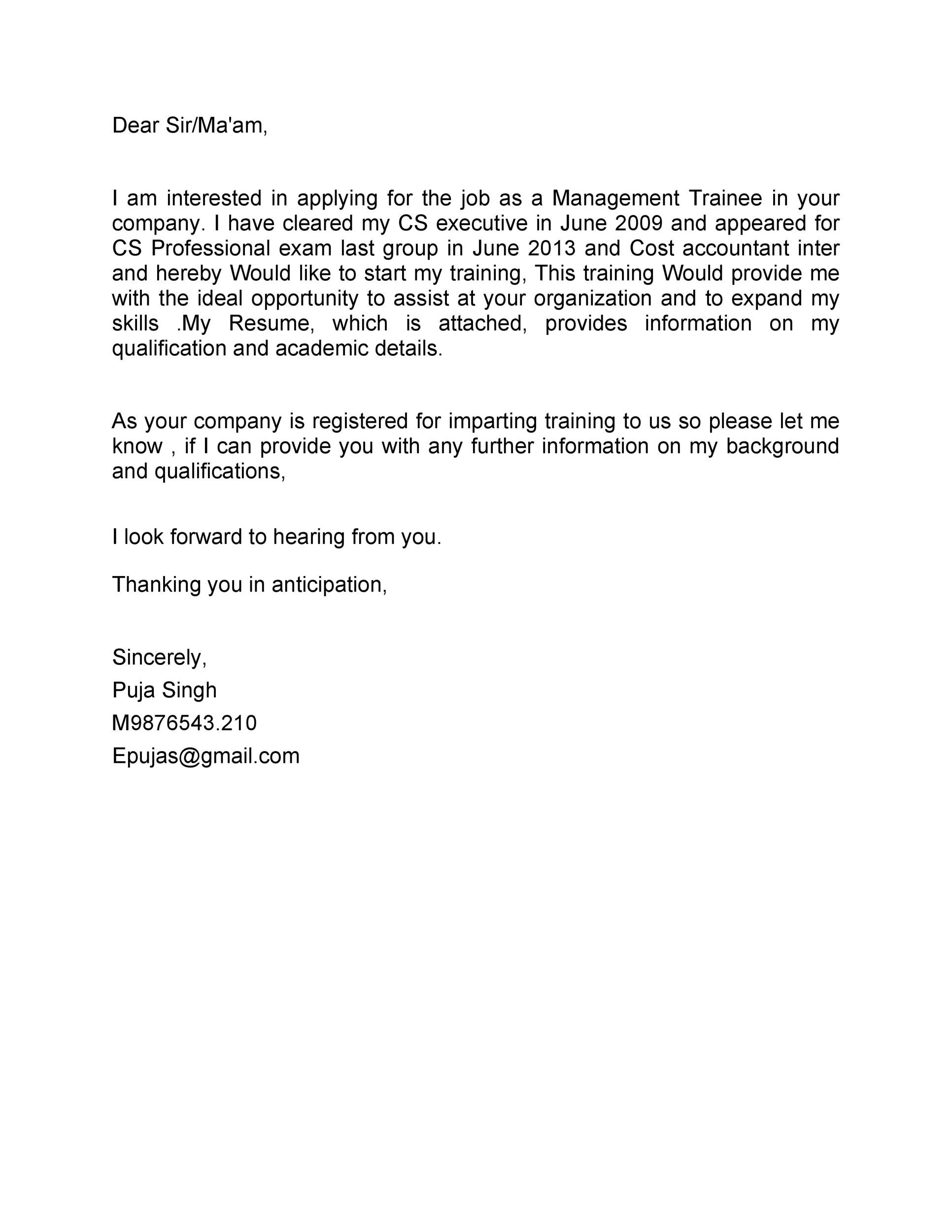 30+ Professional Email Examples & Format Templates ᐅ TemplateLab
30+ Professional Email Examples & Format Templates ᐅ TemplateLab
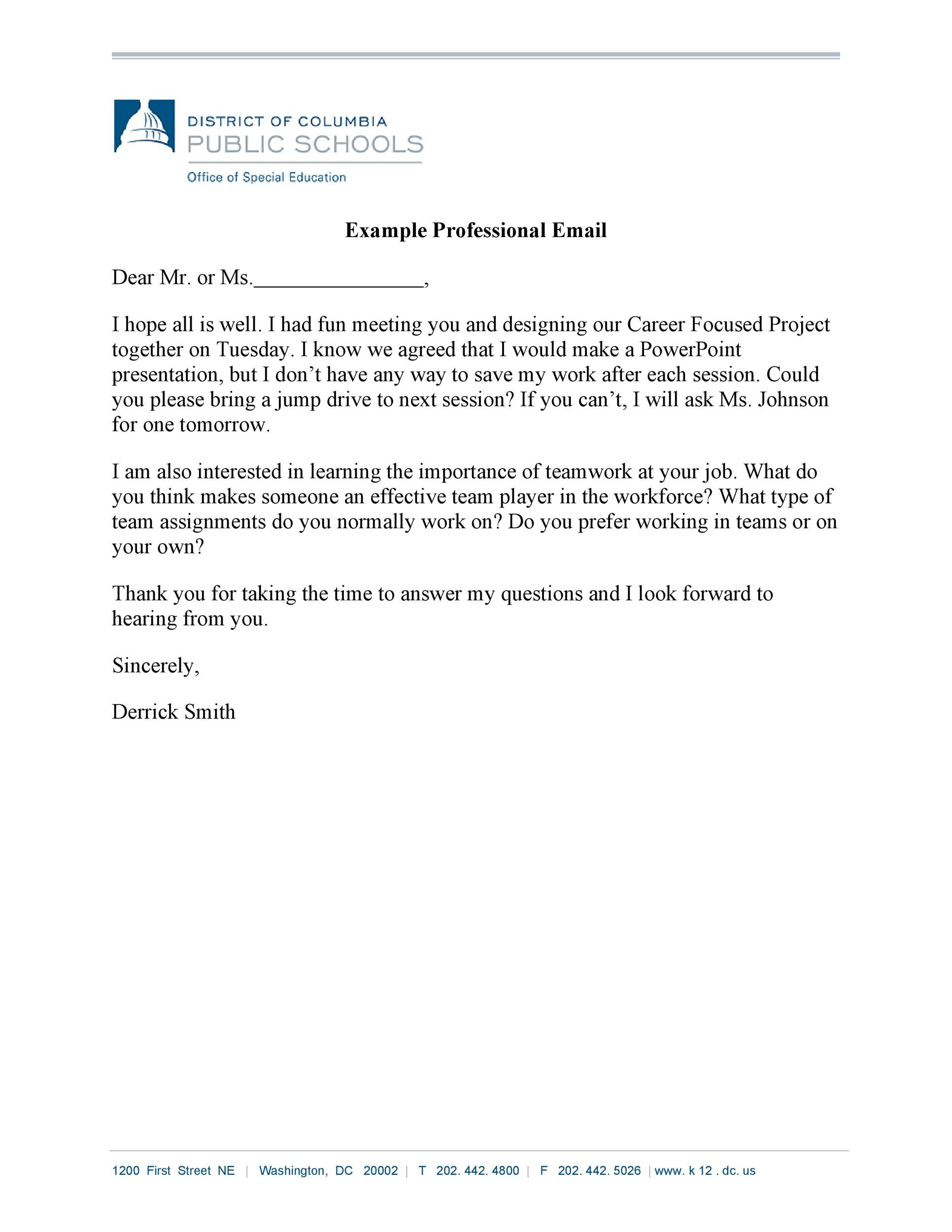 You're equipped 15 professional email examples help craft messages any professional situation. crafting messages, remember voice tone essential. leveraging valuable tips examples provided, can create own emails pique interest strengthen professional relationships. .
You're equipped 15 professional email examples help craft messages any professional situation. crafting messages, remember voice tone essential. leveraging valuable tips examples provided, can create own emails pique interest strengthen professional relationships. .
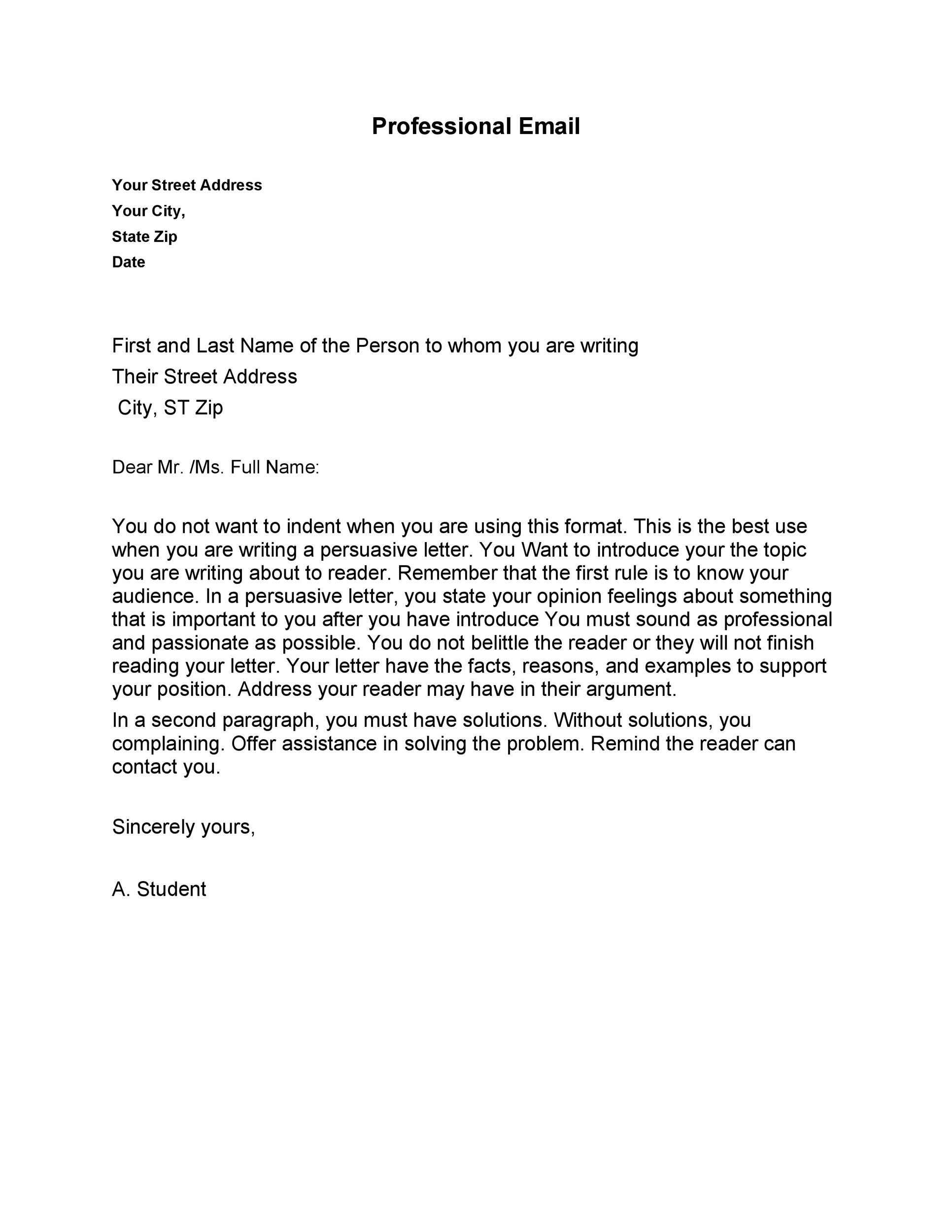 Being professional doesn't you to robotic. before jump the meat your message, "Pause add quick pleasantry," Girson says, acknowledge person the end your email. could as simple as, "I hope email finds well," or, "I hope you're a great week."
Being professional doesn't you to robotic. before jump the meat your message, "Pause add quick pleasantry," Girson says, acknowledge person the end your email. could as simple as, "I hope email finds well," or, "I hope you're a great week."
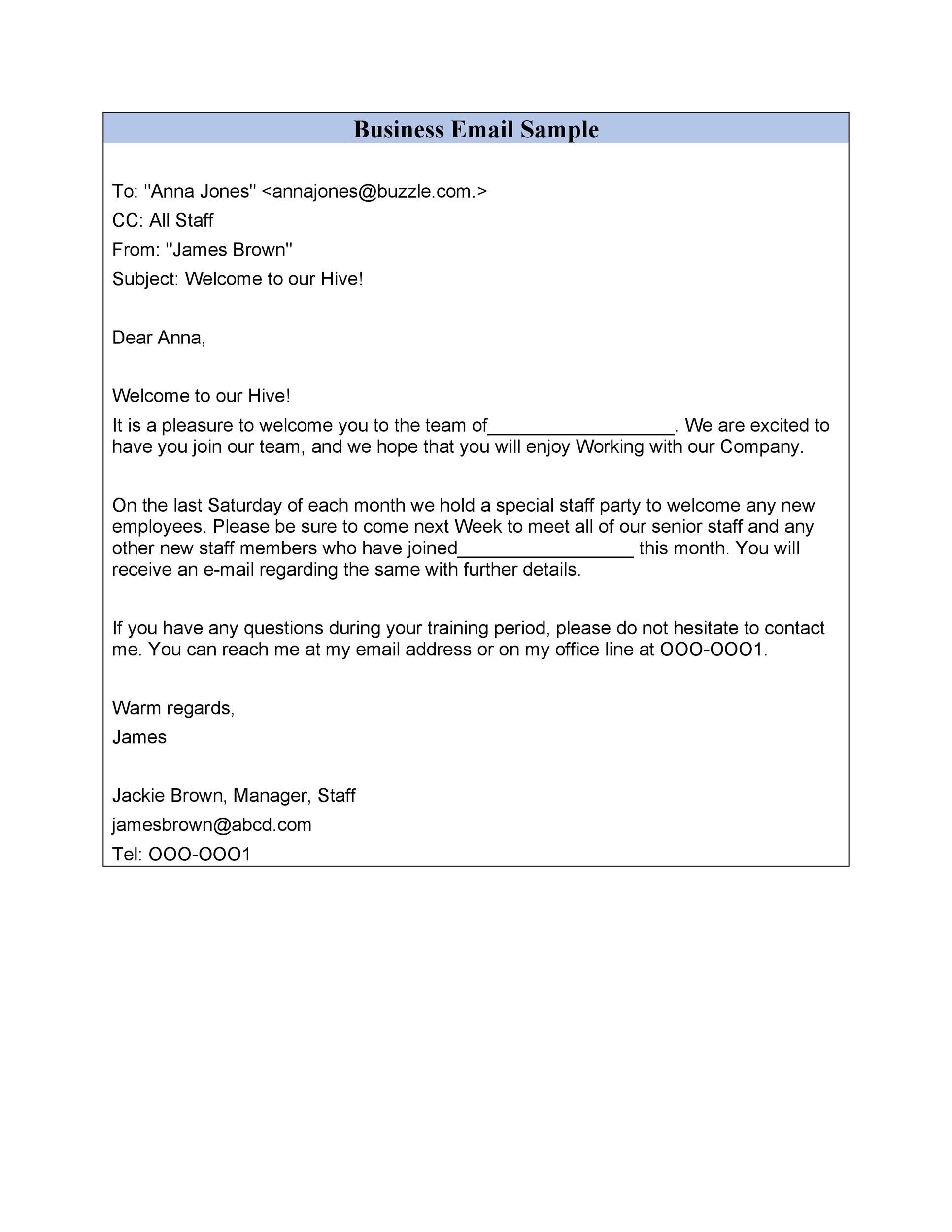 Professional Email Examples. that know to write professional email, let's at professional email examples inspire to write effective business emails: 1. Follow-Up Email. mentioned, people receive 100 120 emails daily, there's chance email get lost a crowded inbox.
Professional Email Examples. that know to write professional email, let's at professional email examples inspire to write effective business emails: 1. Follow-Up Email. mentioned, people receive 100 120 emails daily, there's chance email get lost a crowded inbox.
